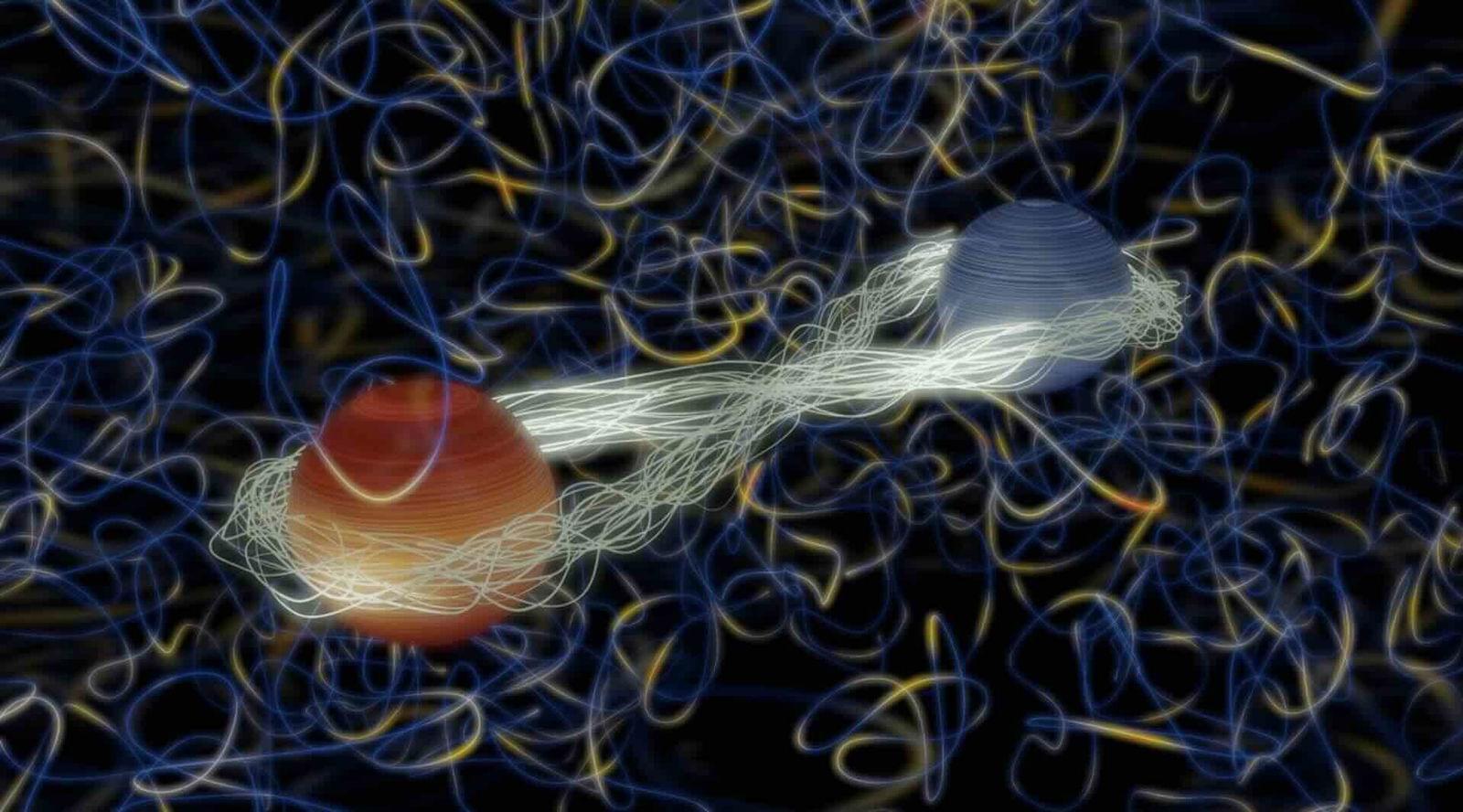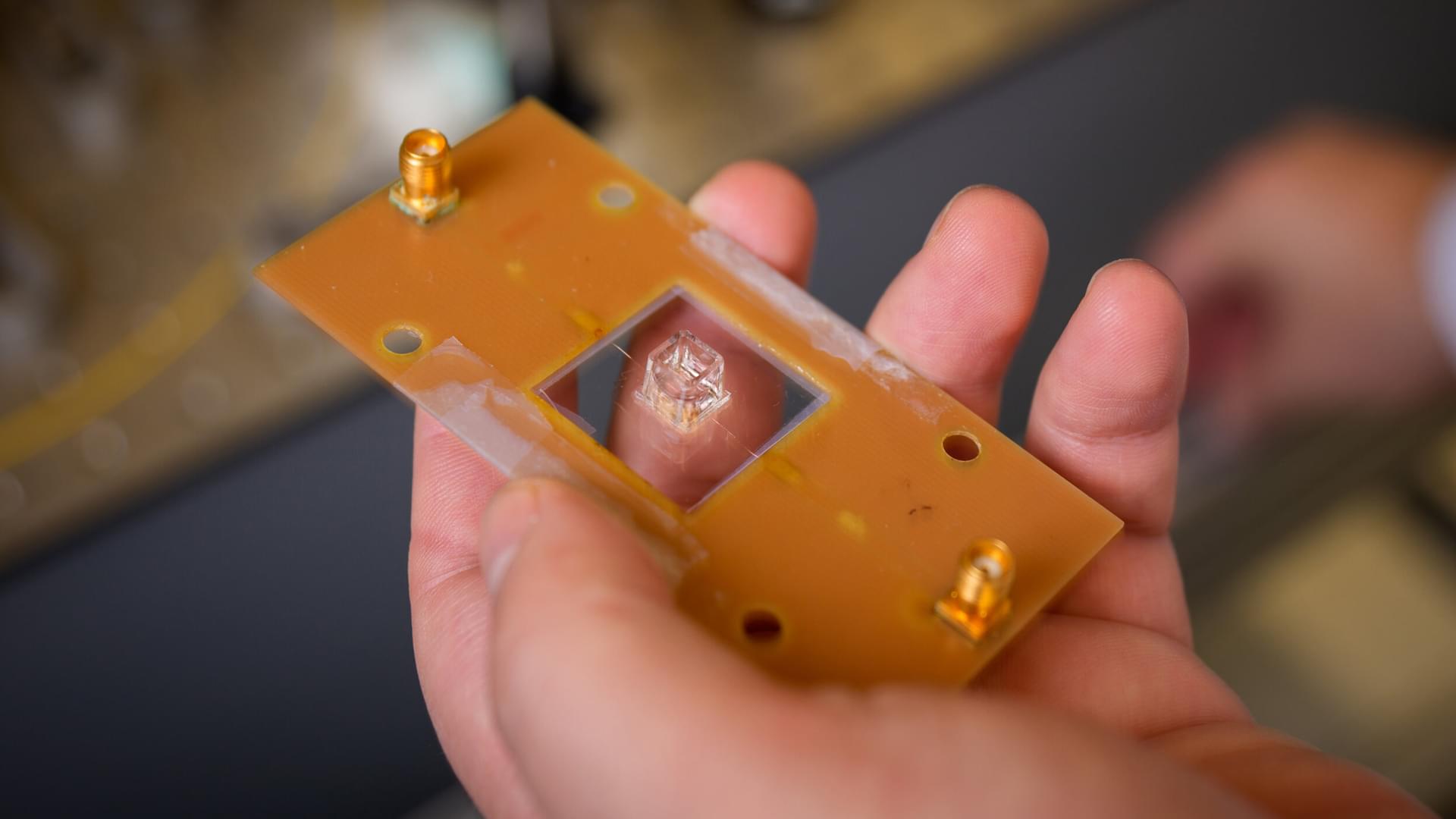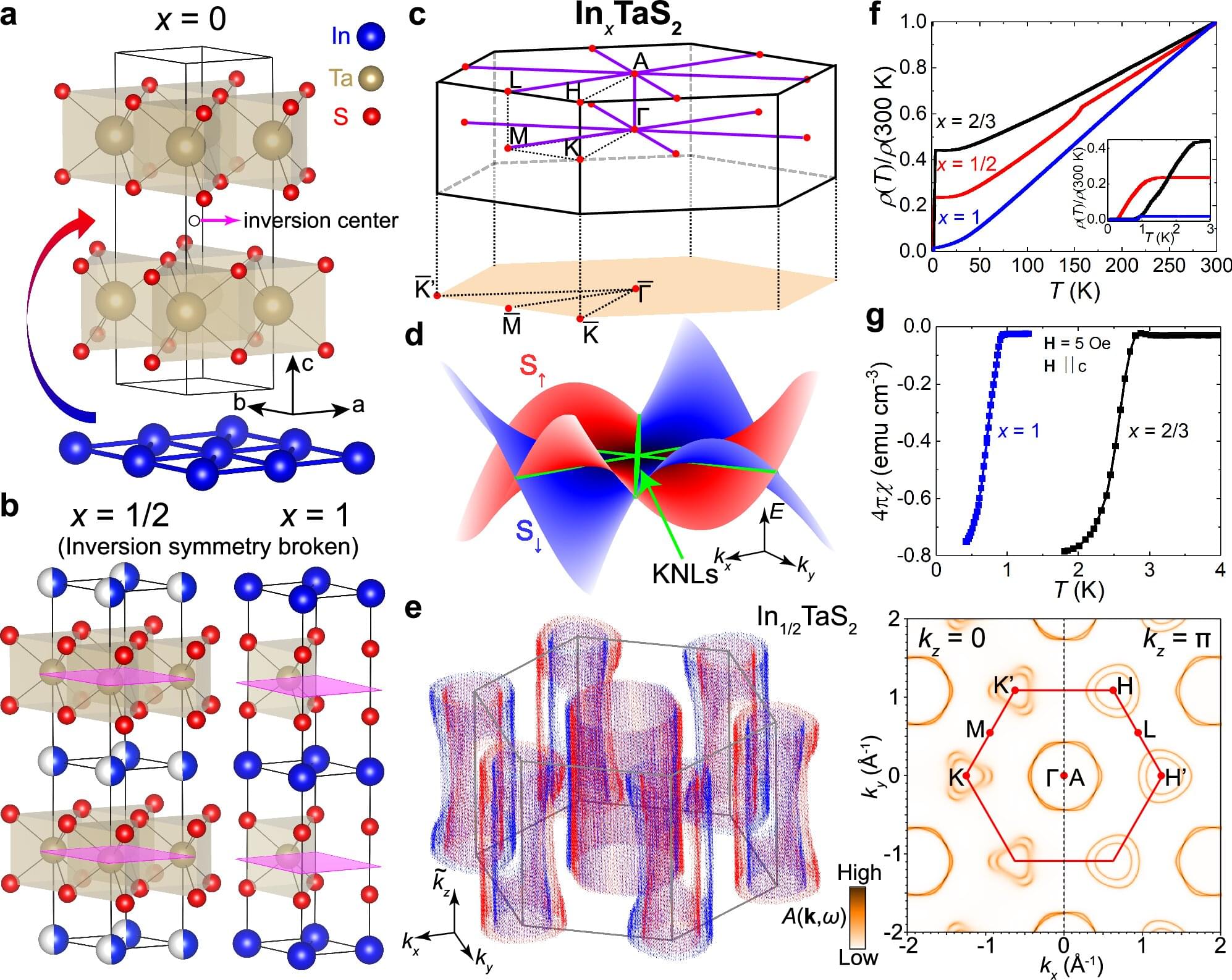Researchers engineered a quantum material with superconducting and topological traits, opening the door to ultra-efficient electronics.



Erwin Schrödinger’s famous thought experiment has always been deeply misunderstood. In this article I’d like to explain how, if understood properly, it might shed new light on the mechanism by which consciousness evolved.
Schrödinger’s cat and schrödinger’s hat
The purpose of Schrödinger’s thought experiment was to highlight serious problems in the (then very new) “Copenhagen Interpretation” of Quantum Mechanics (CI). The CI was a bit of a botch-job, because the founders of QM had no idea how to “interpret” the strange new physics they had discovered. The CI says quantum systems remain in a superposition (a “smeared out” state where everything than can happen is somehow happening in parallel) until measured, but does not define what counts as a “measurement”, or why. Schrödinger always rejected this idea, and his thought experiment was intended to demonstrate why. He proposes a sealed box (so no “measurements” can take place), in which has been placed a cat, and a quantum source with a 50% probability of releasing poison. According to the CI, so long as the system inside the box remains “unmeasured”, the poison has both been released and not-released and therefore that cat is both dead and alive.
Very soon after the Big Bang, the universe enjoyed a brief phase where quarks and gluons roamed freely, not yet joined up into hadrons such as protons, neutrons and mesons. This state, called a quark-gluon plasma, existed for a brief time until the temperature dropped to about 20 trillion Kelvin, after which this “hadronization” took place.
Now a research group from Italy has presented new calculations of the plasma’s equation of state that show how important the strong force was before the hadrons formed. Their work is published in Physical Review Letters.
The equation of state of quantum chromodynamics (QCD) represents the collective behavior of particles that experience the strong force—a gas of strongly interacting particles at equilibrium, with its numbers and net energy unchanging. It’s analogous to the well-known, simple equation of state of atoms in a gas, PV=nRT, but can’t be so simply summarized.

A novel microscopic imaging technique, developed by Brown University engineers to capture 3D images using quantum entanglement, may finally solve the problem of phase wrapping.
Undergraduate students Moe (Yameng) Zhang and Wenyu Liu presented their work at the recent Conference on Lasers and Electro-Optics. They worked on an independent project under the supervision of senior research associate Petr Moroshkin and Professor Jimmy Xu.


A research study led by Oxford University has developed a powerful new technique for finding the next generation of materials needed for large-scale, fault-tolerant quantum computing. This could end a decades-long search for inexpensive materials that can host unique quantum particles, ultimately facilitating the mass production of quantum computers.
The results have been published in the journal Science.
Quantum computers could unlock unprecedented computational power far beyond current supercomputers. However, the performance of quantum computers is currently limited, due to interactions with the environment degrading the quantum properties (known as quantum decoherence). Physicists have been searching for materials resistant to quantum decoherence for decades, but the search has proved experimentally challenging.

Scientists at University College Cork (UCC) in Ireland have developed a powerful new tool for finding the next generation of materials needed for large-scale, fault-tolerant quantum computing.
The significant breakthrough means that, for the first time, researchers have found a way to determine once and for all whether a material can effectively be used in certain quantum computing microchips.
The major findings have been published in Science and are the result of a large international collaboration which includes leading theoretical work from Prof. Dung-Hai Lee at the University of California, Berkeley, and material synthesis from professors Sheng Ran and Johnpierre Paglione at Washington University in St. Louis and the University of Maryland, respectively.

A research team led by physicists Ming Yi and Emilia Morosan from Rice University has developed a new material with unique electronic properties that could enable more powerful and energy-efficient electronic devices.
The material, known as a Kramers nodal line metal, was produced by introducing a small amount of indium into a layered compound based on tantalum and sulfur. The addition of indium changes the symmetry of the crystal structure, and the result promotes the novel physical properties associated with the Kramers nodal line behavior. The research, published in Nature Communications, represents a step toward low-energy-loss electronics and paves the way for more sustainable technologies.
“Our work provides a clear path for discovering and designing new quantum materials with desirable properties for future electronics,” said Yi, associate professor of physics and astronomy.

American scientists plan to implement a project to test quantum communication in free space. Using lasers, they want to launch qubits over the Long Island Sound.
It is noted, that three laser beams from the telescope on top of the Kline Tower on the Yale University campus will be directed across the Long Island Sound at a distance of nearly 43.5 km and captured on the opposite side by a similar telescope on the roof of the University Hospital Stony Brook.
The goal of the Quantum Laser Across the Sound project is to expand the ability to send and receive quantum information and demonstrating the potential for possible future quantum computing infrastructures. The telescope on top of the Kline Tower will send entangled photons 43.4 km across the Long Island Sound.
Go to https://porkbun.com/EventHorizonBun to get $1 off your next desired domain name at Porkbun!
Why is there something rather than nothing? Robert Lawrence Kuhn, creator of Closer To Truth, joins John Michael Godier to explore one of the most profound questions in science and philosophy. The discussion moves through materialism, idealism, panpsychism, and quantum perspectives, asking whether consciousness is merely a byproduct of evolution or a fundamental aspect of reality, and what that could mean for the universe, artificial intelligence, and the nature of mind. Kuhn discusses his recent paper, A Landscape of Consciousness: Toward a Taxonomy of Explanations and Implications, which maps the full range of consciousness theories and explores their broader significance.
Links:
Closer to Truth.
https://www.youtube.com/c/CloserToTruthTV
A landscape of consciousness: Toward a taxonomy of explanations and implications by Robert Lawrence Kuhn https://www.sciencedirect.com/science/article/pii/S0079610723001128?via%3Dihub.
Seeing the consciousness forest for the trees by Àlex Gómez-Marín.
https://iai.tv/articles/seeing-the-consciousness-forest-for-the-trees-auid-2901
00:00:00 Introduction to Robert Lawrence Kuhn and consciousness.